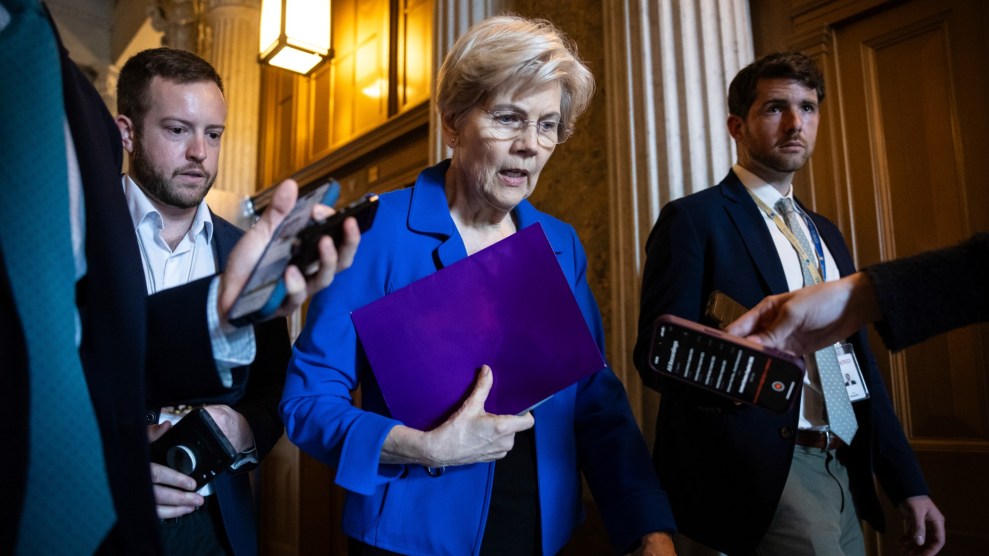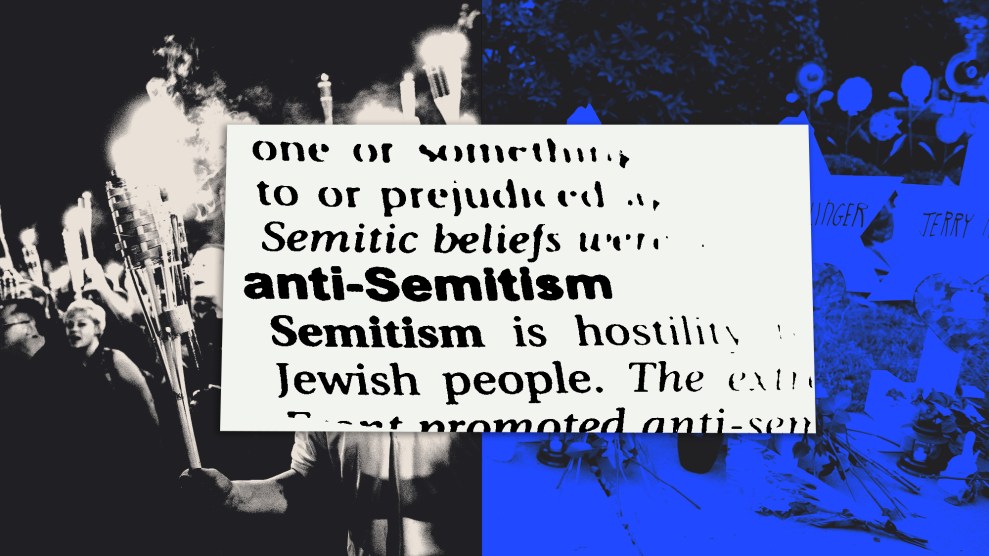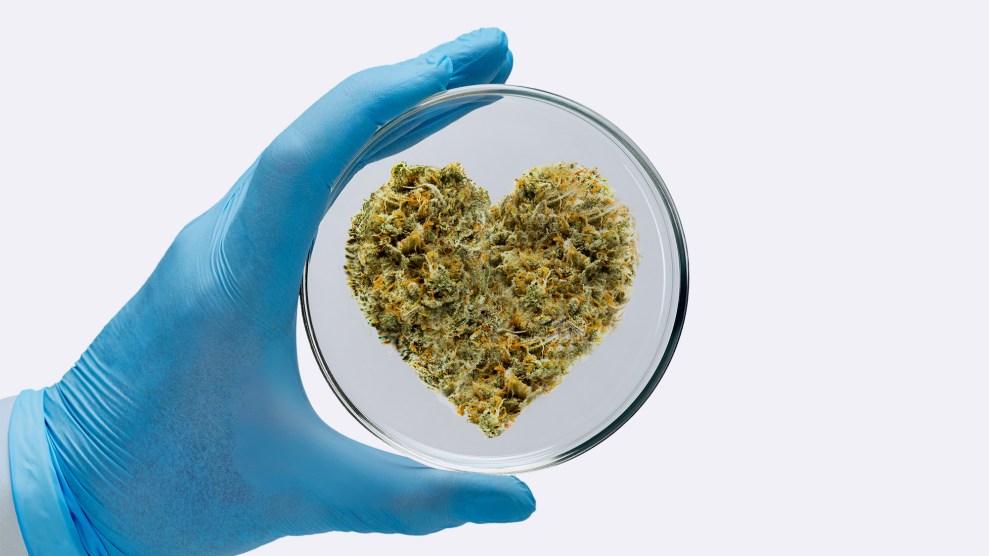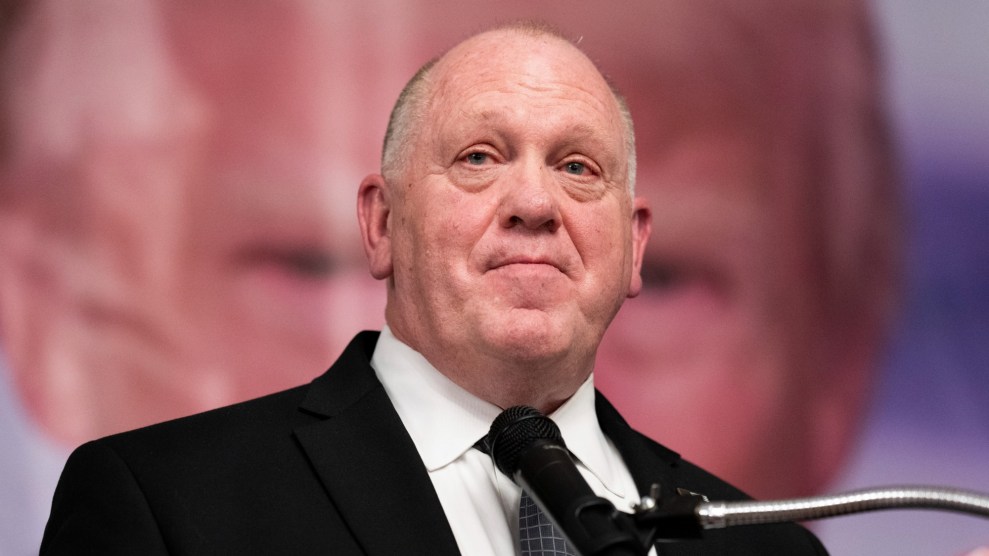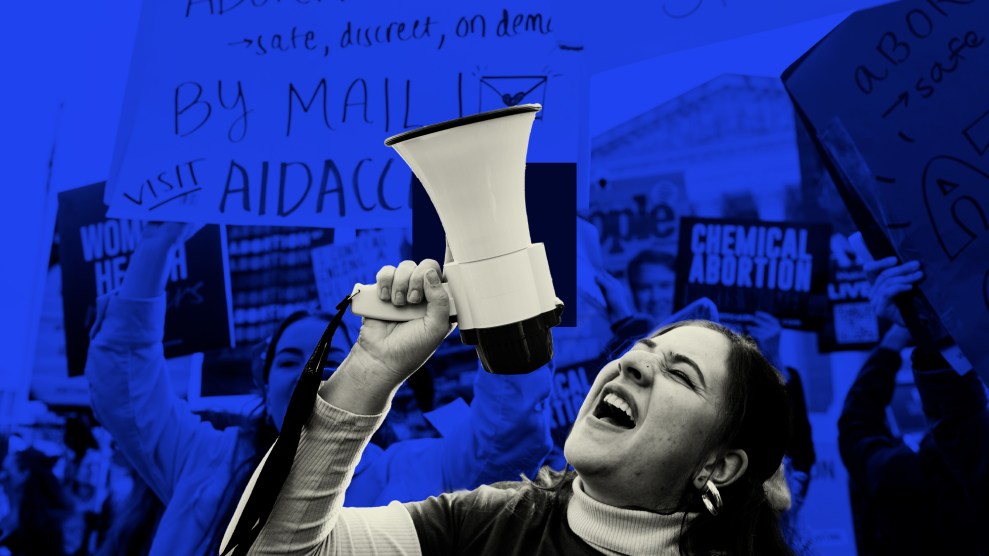How stupid could BP have been? It drilled a mile beneath the ocean’s surface—and punched a hole in the ocean’s floor—but had no effective plan in place for dealing with a problem. But it gets worse. It turns out, according to Rep. Ed Markey (D-Mass.), the chair of the House energy and environment subcommittee, that BP’s shoddy (and silly) response plan for a Gulf oil spill does not once mention “hurricane” or “tropical storm.” That is, it contains no provisions for handling a spill before, during, or after a major storm.
As Hurricane Alex moved through the Gulf on Wednesday, Markey issued a sharply-worded press release and fired off a letter to BP asking why it had overlooked the possibility of contending with a spill in the middle of a hurricane or storm.
From the release:
“The BP plan had walruses in the Gulf, but no hurricanes,” said Rep. Markey….”Walruses haven’t been in the Gulf in a few million years, while a hurricane is just a few hundred miles from the spill site right now. This is yet another example of BP serial complacency.”
At an Energy and Environment Subcommittee hearing on June 15th, Chairman Markey and others revealed that the major oil companies had response plans that were 90 percent identical, and included references to walruses in the Gulf of Mexico, and emergency contact information for long-deceased experts. The CEOs of the major oil companies testifying admitted that their response plans contained significant flaws, calling them an “embarrassment.”
The BP response plan uses the word “weather” in several instances, but never does so in an analysis of extreme weather that could markedly affect response capabilities.
Here are six questions that Markey has put to BP America CEO Lamar McKay:
1) What is BP’s plan for spill response in the event that a tropical storm or hurricane passes over the overall spill area? Does BP have any such a plan or plans for increasing severity of hurricanes? Or does BP plan on simply “playing it by ear” up to the point at which a full evacuation is required and all spill response operations cease?
2) What does BP expect will be the effects of a tropical storm or hurricane on the damage the oil spill will cause to the environment? How could a storm change the impact of oil in the open ocean and the coast?
3) What is BP doing to prepare for disruption of oil clean up activities due to the impacts of a storm in the Gulf of Mexico? How could a storm impact the clean up of the oil?
4) Does BP have a plan for returning to spill response activities after a tropical storm or hurricane has passed over the spill area? If a hurricane passes over the spill area and spreads oil over large areas of the gulf coast, does BP have a plan for dealing with the combination of oil and general hurricane damage?
5) Last week I asked for information regarding the factors that could lead to delay or disruption of the installation of a better fitting cap. Given reports that Hurricane Alex could delay installation of the cap by one week, please indicate the amount of time delay that you would expect to result from a hurricane or tropical storm passing over the accident site.
6) Similarly, how would a tropical storm or hurricane affect the drilling of the relief wells? As I understand it, each time a full evacuation of the drilling rigs occurs, 14 days of delay will result. Is this accurate and was this possibility factored into the projected mid-August completion date for the relief wells?
Prepared for walruses, not prepared for hurricanes. This is yet another stark BP failure. But it is also a failure of government regulation. You don’t have to be a weatherman to know that storms hit the Gulf of Mexico quite regularly—and that any spill response plan ought to take this into account. Yet no regulator forced BP to do the obvious. And BP, no surprise now, didn’t do so on its own.


